This has been my lifelong philosophy in caring for plants–not some magical green thumb or any help from the garden fairies. I’m not saying they don’t exist just well….😎
Think about nature with me. Think about an orchid with its thick fleshy roots; looking like some kind of alien species with probing tendrils, these appendages are usually kept from view, buried deep within the ground, but with epiphytes, plants that live on other plants, these roots are nature’s ingenious design, keeping them glued to their hosts, providing access to water and nutrients and performing a little photosynthesis.
The orchid also has thick succulent leaves, an adaptation—a sign of an ability to conserve water, these leaves are covered with compost; the patina of the wild, and as you continue to watch you realise that leaves are constantly falling from the trees above. Many become lodged within the crevices, notches and sheaves of the orchid, With the help of microbes they begin to decompose into a life-giving elixir.
Within the ecosystem; Ants–natures recyclers—are often found living closely within orchids confines. Sometimes they are responding to insects honeydew secretions, playing a role in protecting the orchid from other insect predators. Their nests are full of rotting compost, sandy soil and frass. Insect frass contributes to plant health, it is rich in nitrogen, phosphorus, and potassium–an excellent natural fertiliser.
Leaves are not the only gift. Rainforest fruits, laden with nutrients and vitamins, also fall onto and within the orchid and begin to decay. Some microbes reveal themselves as mycorrhizal fungae which weave a symbiotic tapestry with the orchid. Breaking down matter, and feeding it directly to their host in a beautiful exchange—sustenance for the orchid, and a place to thrive for the fungi.
Then comes water, the lifeblood of the forest, the rain washes some of that debris away while simultaneously gifting nitrogen. The initial rain in a storm provides the most nitrogen to plants. This is because nitrogen from the atmosphere, fixed by lightning strikes or collected by dust particles, is dissolved in these first raindrops, delivering a potent nitrogen dose before being washed away.
Also observe the colourful forest mushrooms with their extracellular enzymes breaking down organic matter. Their hyphae can exert mechanical strength as they push outwards making short work of incredible strong and complex polymers in tree bark. These fungi can consume a tree in as little as 10 years. The decomposing bark provides tannins that regulate pH levels, making it slightly acidic—and perfect for most orchids. Additionally, bark releases lignin, a complex polymer that enhances soil structure, and provides a slow-release source of carbon, encouraging beneficial microorganism growth.
In the canopy, various animals and birds contribute to fertillisation through their biological processes. But research has indicated that these animal and insect fertilisers are minute; the forest is not a zoo, and again it is the whole system that provides for plants.
If you transfer these messy processes to the sterile home garden or the indoor garden you can see where you would need to supplement the care you give. The orchids in nature are not perfect their leaves are not free from blemish, they are spotty and dirty full of debris and nutrients but they are healthy, the pseudobulbs are plump and thick
This wild tableau teaches us that these processes can be artfully simulated in our domestic places. My preferred medium? Seaweed solutions, sprayed onto leaves. This creates a pH buffer where undesirable bacteria struggle to form due to the high alkalinity.
Most seaweed extracts are alkaline, with a pH ranging from 8 to 11. This alkaline environment inhibits the growth of many pathogenic fungi and bacteria, which prefer slightly acidic conditions.
The notion that seaweed spray creates an environment inhospitable to harmful bacteria and fungi is indeed true, but it’s more nuanced. Seaweed extracts don’t just alter pH; they’re a symphony of beneficial compounds. They contain oligosaccharides that trigger the plant’s natural defense mechanisms, essentially teaching the orchid to fight off pathogens.
Furthermore, seaweed’s rich iodine content acts as a natural fungicide, while its high potassium levels strengthen cell walls, making them more resistant to bacterial and fungal invasion. Some seaweed species even produce antimicrobial peptides that directly combat these threats.
Spraying a seaweed solution onto orchids in effect mimics nature and her processes to keep the orchids thriving.
So when you observe nature, you’re not just watching—you’re learning, feeling, becoming part of a grand, interconnected narrative. This is the orchid’s story, written in fallen leaves, decaying fruits, and symbiotic partnerships, it teaches us that in the garden, as in life, perfection isn’t about flawlessness. It’s about harmony, adaptation, and the beautiful mess that sustains us all.
You can read more about growing orchids in this 4 part series here
Disclaimer I have no affiliation with any seaweed manufacturers. This article was written in collaboration with Claude, an AI assistant created by Anthropic. The core ideas, narrative, and much of the poetic language originated from Susan Fairbairn, while Claude contributed scientific explanations, descriptive passages, transitions, and editorial polishing.
Member of HMAA
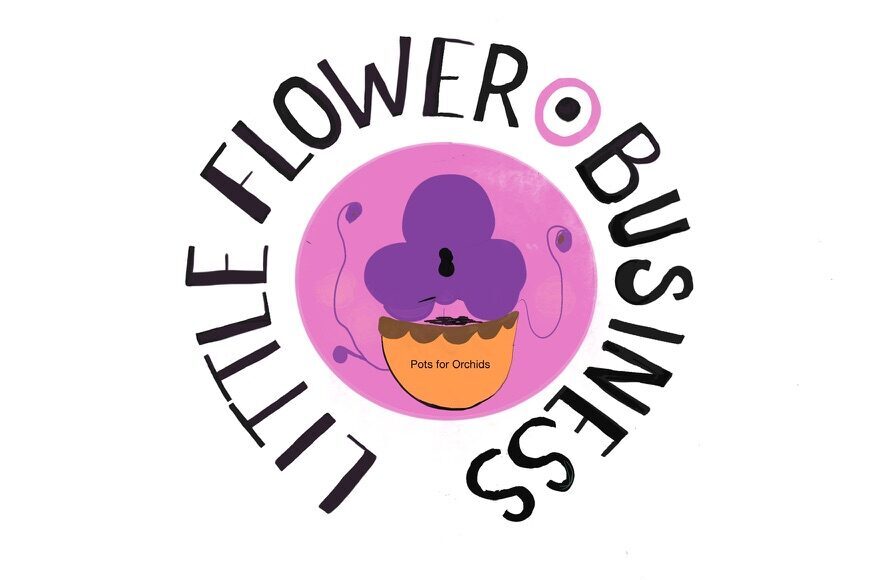
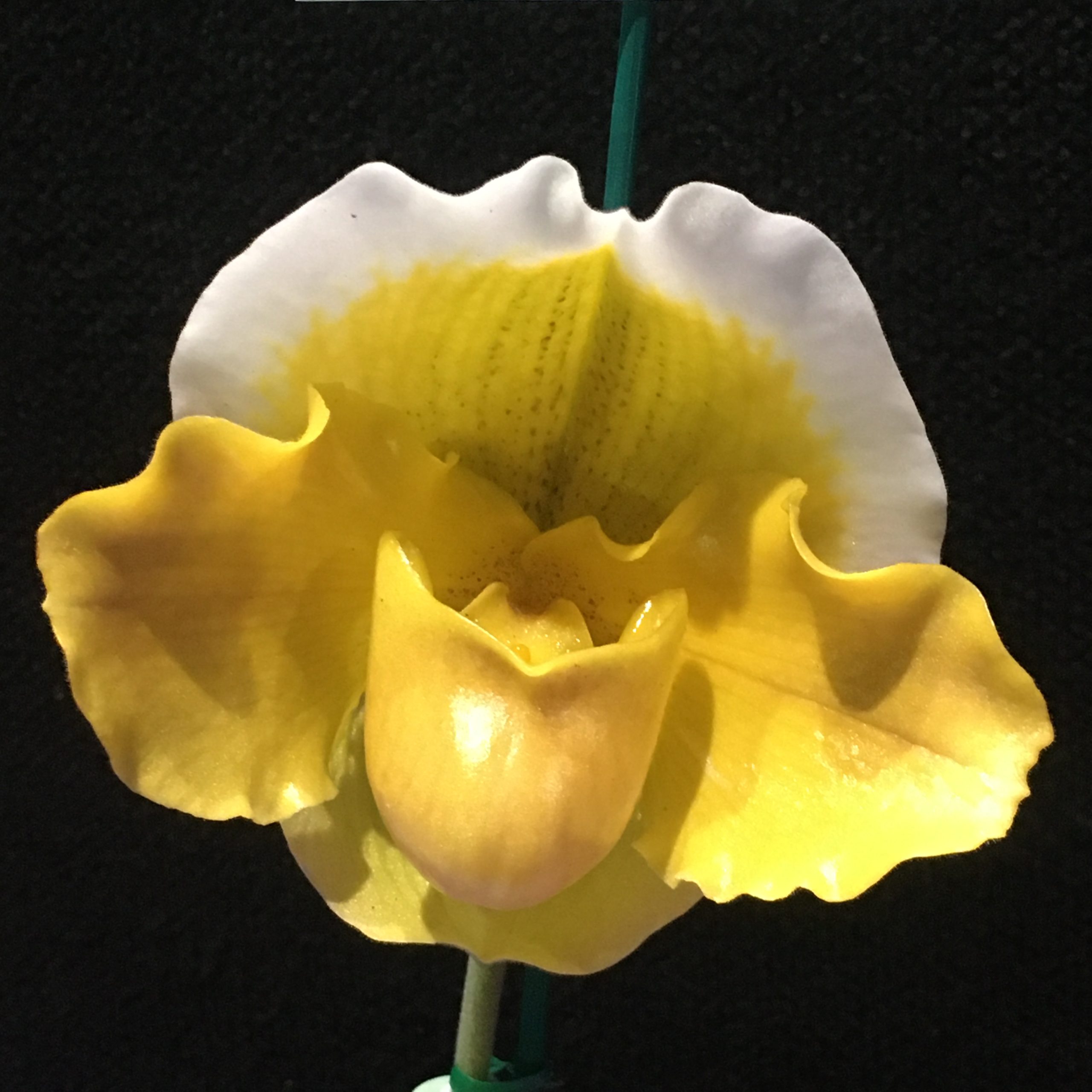
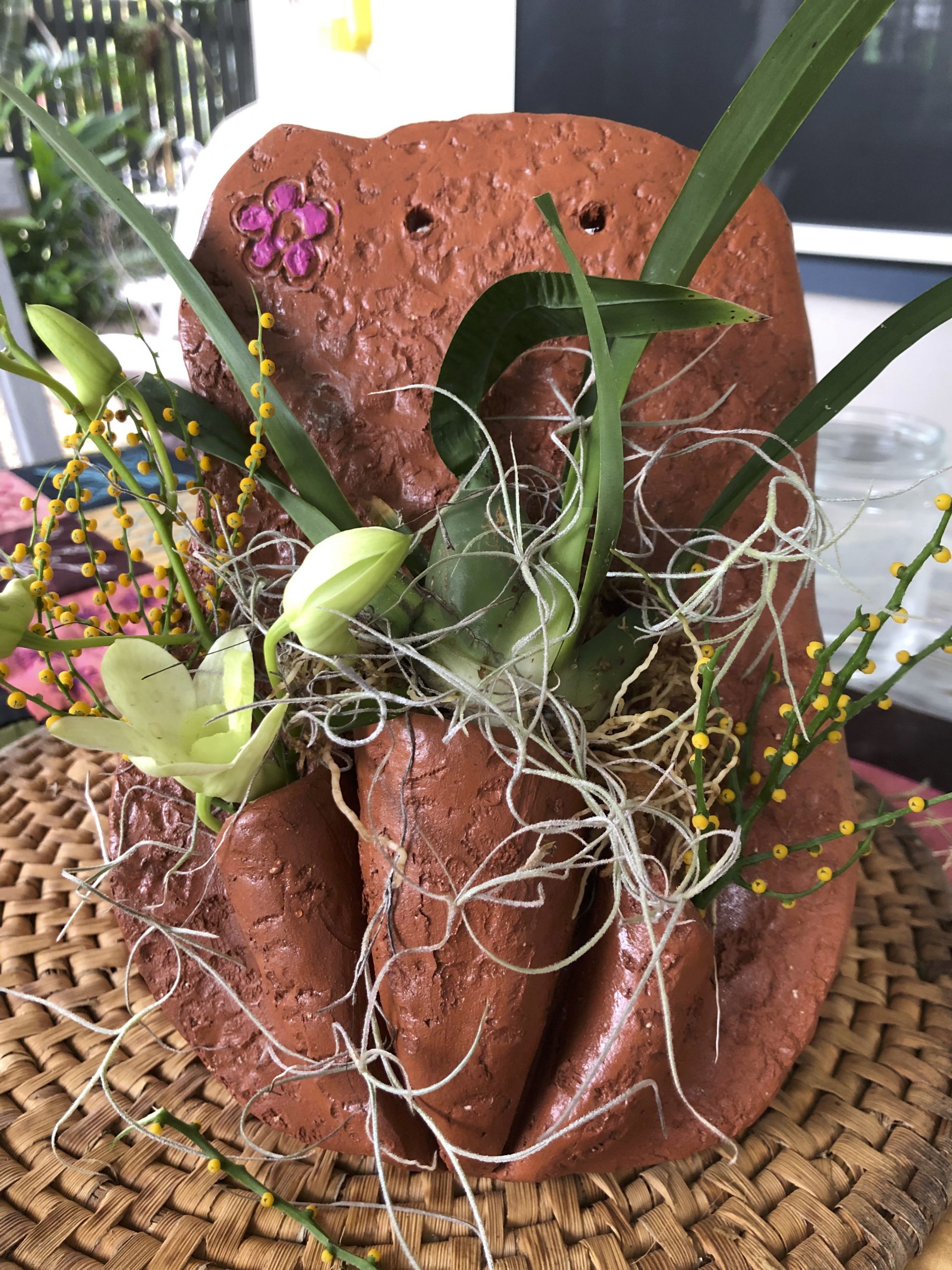
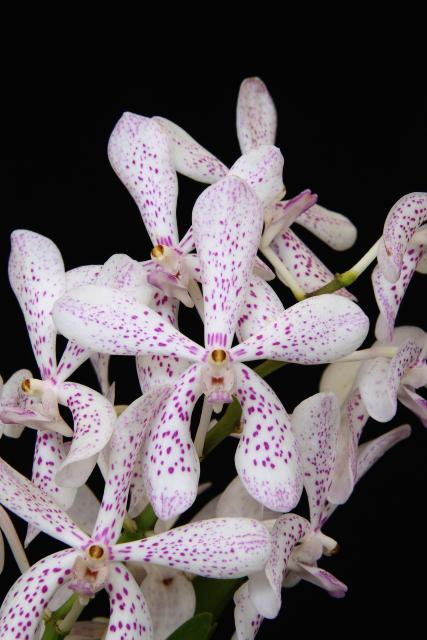
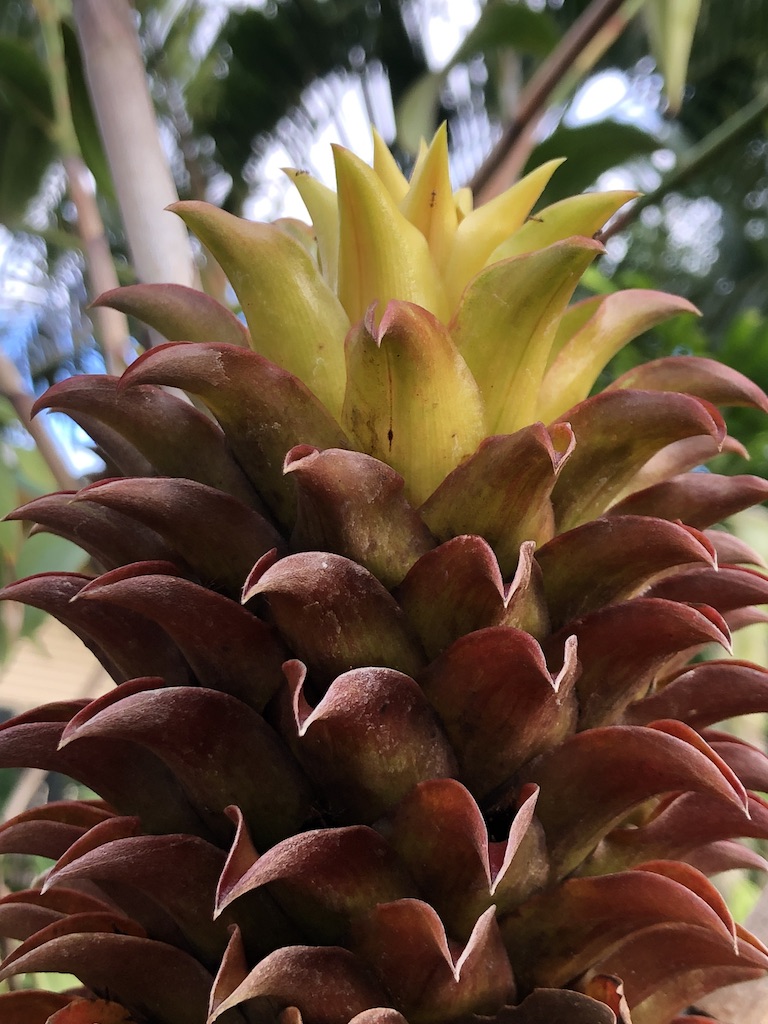
One thought on “From Forest Floor to Thriving Flora: Nature Paints Your Thumbs Green or how to care for your epiphytic orchid”